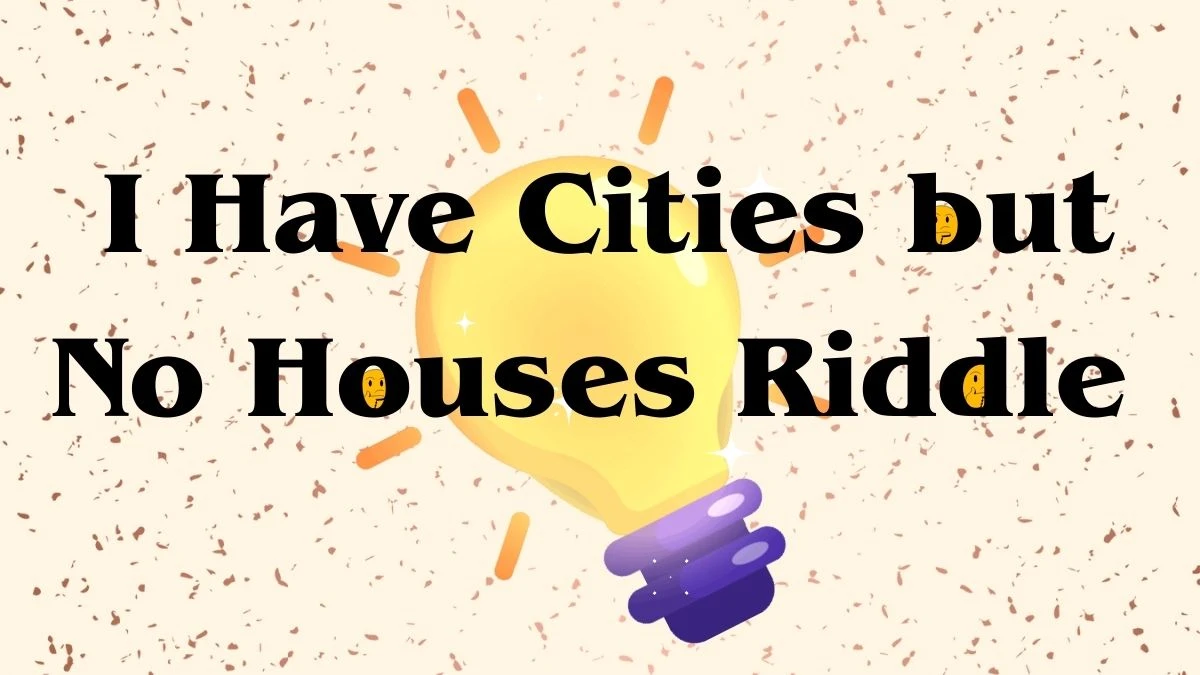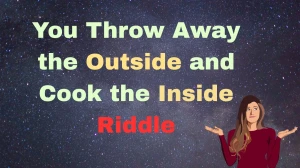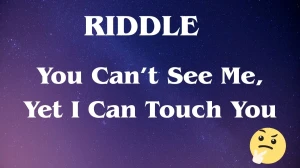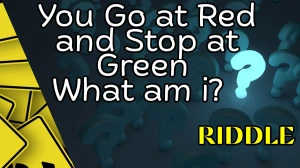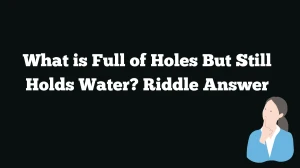I Have Cities but No Houses...Riddle
Riddles have a special way of making us think outside the box. One of the most intriguing riddles that often stumps people is: “I have cities, but no houses. I have mountains, but no trees. I have water, but no fish. What am I?”
It’s short, simple, and seems like it should be easy, yet many are left scratching their heads. If you’re one of those curious minds trying to figure it out, you're in the right place.
At first glance, the riddle seems like it’s describing some imaginary or magical place. After all, how can there be cities without any houses, or water with no fish? The riddle cleverly uses real-world elements and removes their expected associations, forcing us to reframe how we interpret the clues.
It's a great example of how riddles play with language and meaning, challenging us to consider alternative perspectives. Understanding this helps open the door to finding the right answer.
Let’s explore the answer and understand the logic behind it.
I Have Cities but No Houses Riddle Answer
The answer to this tricky riddle is a map. A map has representations of cities, mountains, and water bodies like rivers and oceans.
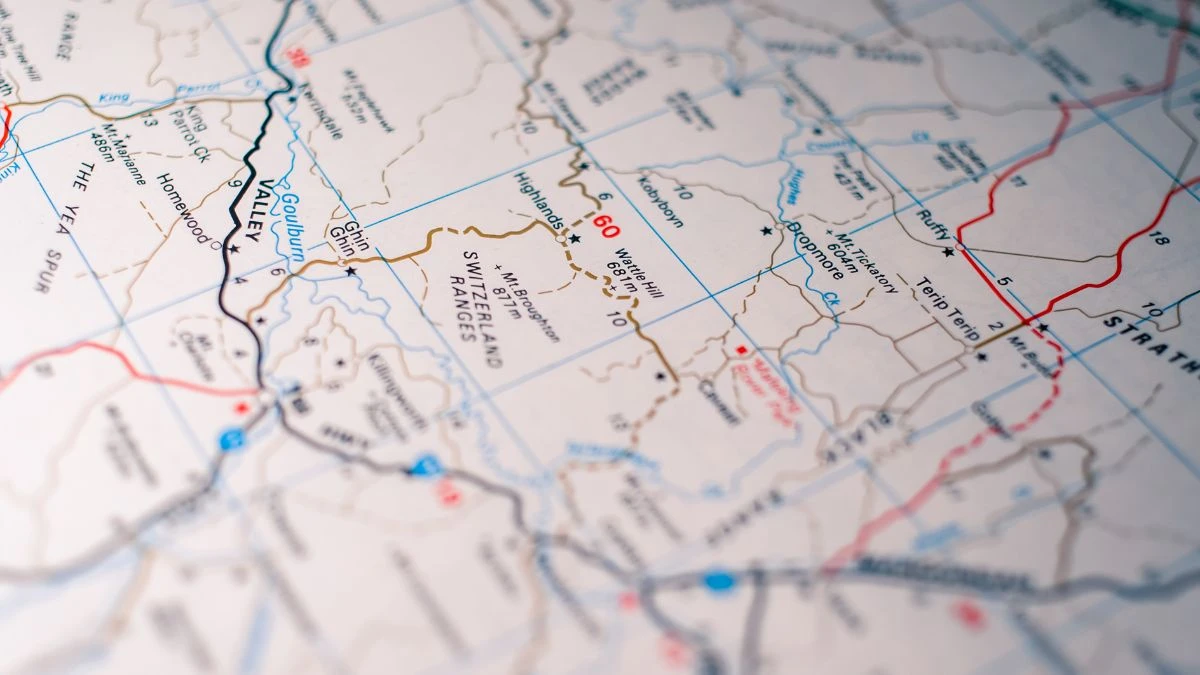
However, it doesn’t show individual houses, trees, or fish. Maps provide a symbolic view of the world, giving us important geographical data while omitting smaller, detailed features.
This is what makes the riddle so clever—it uses our everyday understanding of things and applies it to an object that represents them, but not in a literal way. Once you realize this, the riddle clicks perfectly.
Why is this Riddle so Popular?
This riddle has gained popularity because it’s deceptively simple and brilliantly crafted. It appeals to both kids and adults, often circulating on social media, in classrooms, and even in job interviews to test lateral thinking.
What makes it stand out is that the answer feels obvious once you hear it, but it’s incredibly difficult to see at first glance.
That “aha” moment when the answer is revealed gives a satisfying sense of accomplishment, which is why so many people love sharing it with others.
This riddle “I have cities but no houses” is a brilliant example of how language can be used to both confuse and delight us.
It invites you to see the world through a different lens, focusing on representation rather than literal meaning. A map fits all the clues perfectly and reminds us of the power of symbolic thinking.
So, next time you come across a riddle, remember to pause, think differently, and enjoy the journey of discovery.

